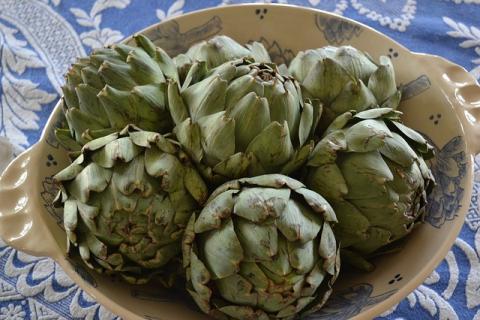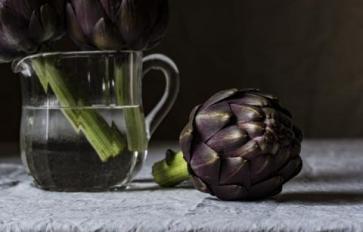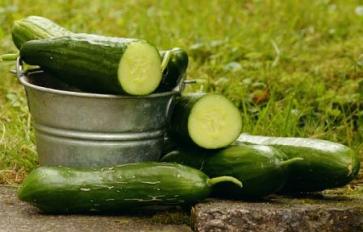
It’s come to my attention that not many people know how to cook or eat an artichoke. I’ve made artichokes for friends throughout the past year and they’ve all needed an explanation on how to eat this complex — but worth it! — vegetable. While the artichoke may look intimidating, it’s actually a pretty easy dish to cook, and eating it can feel like a fun activity, especially when several people are involved and throwing leaves into the same bowl.
The first thing you need to know about artichokes is that they have a very distinct season. Like most produce, they’re more readily available in the summer months and are significantly cheaper during this season. Growing up in Kansas, they were more difficult (and expensive) to find, but every time they were in season, my mom bought them as a splurge to add to our dinner rotation. I’ll always remember those summer dinners when she would teach us how to savor every last morsel of this delicious treat. A butter fan, she always served our artichokes with butter, but you can also serve artichokes with aioli or simply eat them as is with a little salt and pepper.
Steamed Artichoke Recipe
Serves 1
1 artichoke
2 tablespoons butter
- Cut the stem off the artichoke at the base of the vegetable.
- Place the artichoke in a pot filled with about 2 to 3 inches of water so that the artichoke is covered about a third of the way by water. Put a lid on top of the pot, and bring the water to a boil. Then, reduce the heat to a simmer, and simmer for about 45 minutes (or until you can easily pull off one of the leaves with little resistance).
- Drain the artichoke upside down.
- Melt butter in a saucepan, and pour into a little bowl. Also bring another empty bowl to the dinner table to be used as a receptacle to discard the leaves.
- Eat the outer leaves (or petals) one by one by holding the tip of the leaf and dipping its base into the butter or other sauce available. Then, put the tender side of the leaf in your mouth and gently scrape its soft, meaty part by closing your teeth on it and pulling the leaf outwards. Discard the remaining part of the leaf in the bowl.
- Continue eating until you get to the smaller center leaves that don’t have much meat on them. These leaves are more translucent and purplish in color. Remove these center leaves, which are covering the vegetable’s hairy center called the “choke.” Discard the choke by scraping the little hairs off the heart of the artichoke with a fork or a kitchen knife so that you can see the little bumps where the hairs once were.
- Eat the heart. This is the best tasting part of the artichoke and often the only portion used in recipes. Savor its deliciousness (and melt more butter if you’ve already eaten it all).








